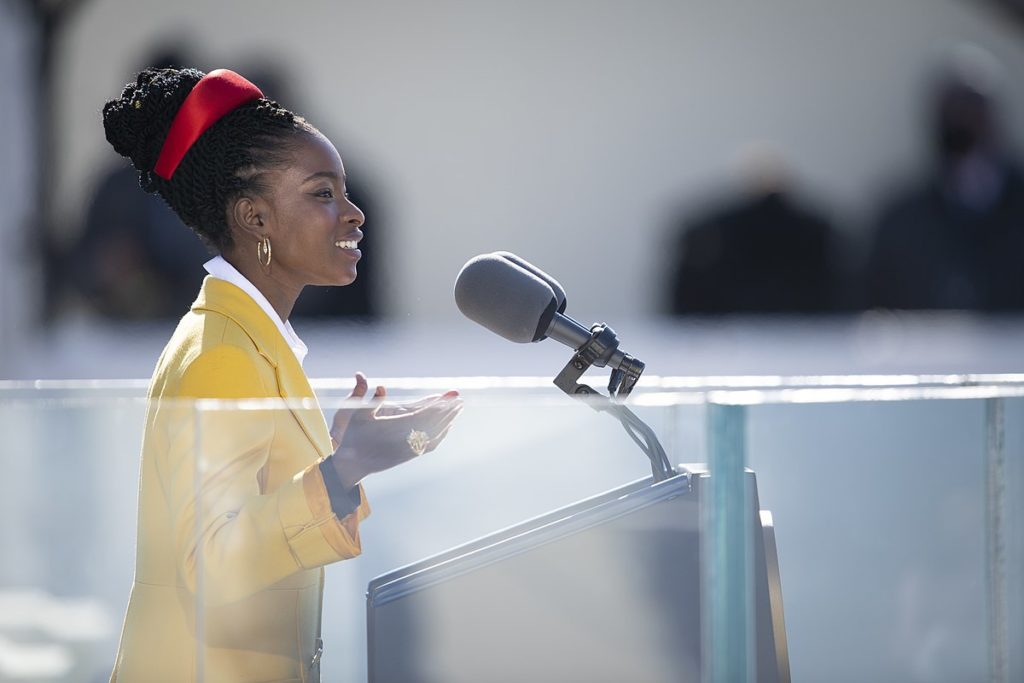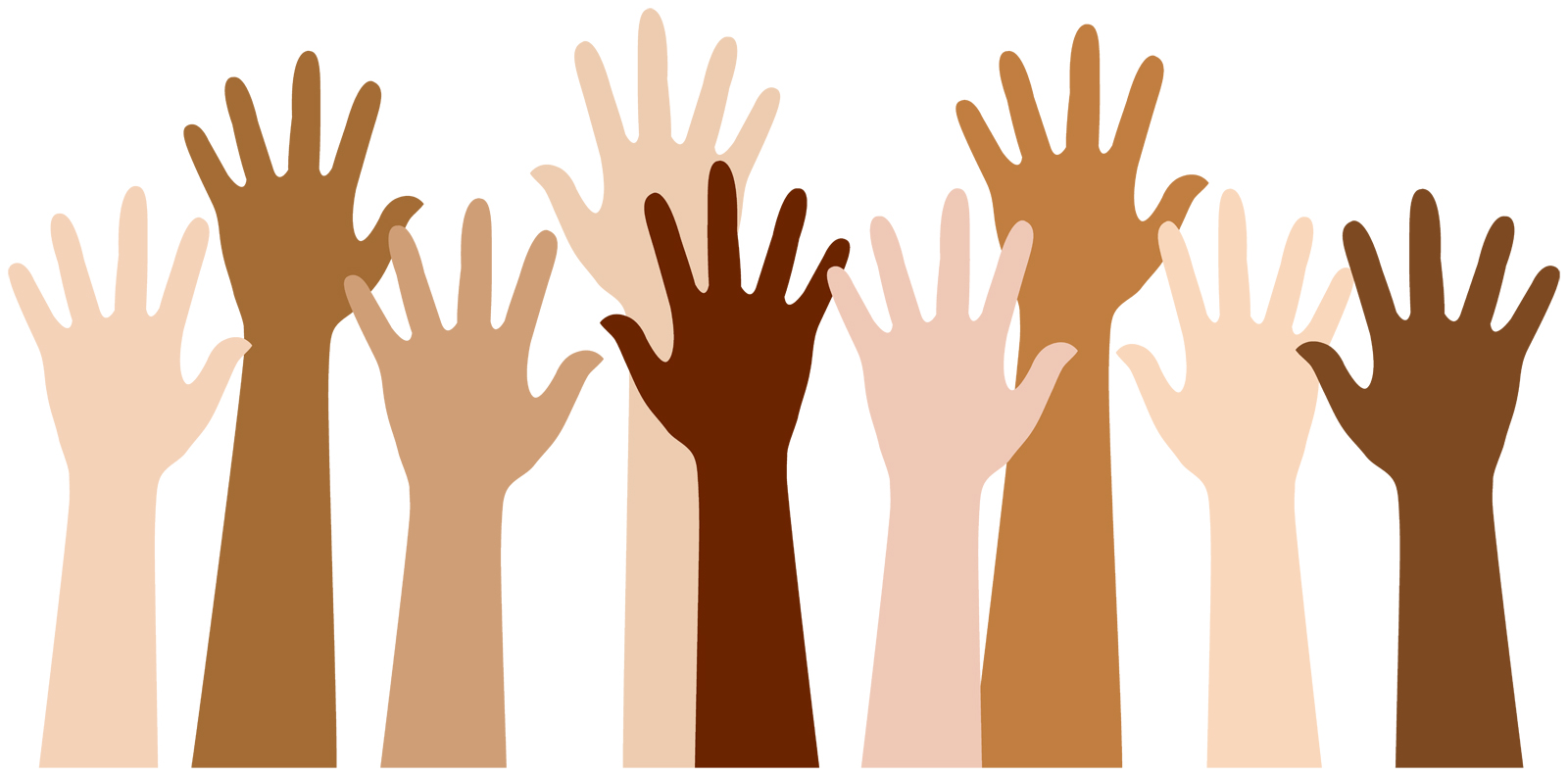
Ron DeSantis’s Florida House Bill 999, if passed, would enact a legislative takeover of governance and curriculum at Florida’s public colleges and universities. While headlines have focused on clickbait like “ban gender studies majors,” the bill is deeply problematic for many other reasons as well. We won’t focus on those here, but instead present some data about the hypocrisy of governors like DeSantis who advocate for “prohibiting general education core courses from teaching certain topics or presenting information in specified ways” (HB 999, 3) even as they themselves have taken advantage of the liberal arts traditions of open-ended inquiry and exploration.
DeSantis majored in history at Yale, although that particular piece of information seems to have been removed from his official biography (which states only that he “worked his way through Yale University”). This history major’s incongruous distrust of unrestricted academic inquiry, manifested throughout Florida HB 999, led us to wonder about the undergraduate major choices for the rest of the current cohort of United States governors. Among sitting United States governors, DeSantis is not unique as a History major: Indiana’s Eric Holcomb, South Carolina’s Henry McMaster, Alaska’s Mike Dunleavy, and Wyoming’s Mark Gordon also majored in History in their undergraduate programs.
Political science is the most common major for our current set of governors, unsurprisingly: eleven political science majors now occupy the corner office. Education and Engineering tied for second, with six each, followed by History with five. Crucially, more governors majored in traditional liberal arts and sciences (29) than in more professionally-oriented majors (24); totals do not add up to 50 due to double majors and to Missouri governor Mike Parson, who does not have a college degree.
The governors’ undergraduate majors data, then, echoes the 2020 findings for senators published by Oh, The Humanities – the majority of those in positions of great power are educated in traditional liberal arts, even as they advocate to eliminate or restrict access to those disciplines in contemporary postsecondary education.
The current Yale History department notes that “Students of history learn to think about politics and government, sexuality, the economy, cultural and intellectual life, war and society, and other themes in broadly humanistic—rather than narrowly technocratic—ways.” If Florida HB 999 passes, history students in Florida will not benefit from the “broadly humanistic” explorations that the bill’s architect did.
DeSantis and his ilk, in their contempt for Florida’s students, don’t realize that these dictates regulating educational content will ultimately backfire. United States undergraduates aren’t stupid. They will recognize this propagandistic “education” as a bully’s attempt to present historical interpretation as unassailable historical truth, an attempt to present a “canon” as a fixed set of universally-agreed-upon items, an attempt to limit scrutiny of a worldview that perpetuates rather than interrogates existing hierarchies and inequities.
DeSantis rightly fears Critical Race Theory, Gender Studies, and other “theories that [argue that] systemic racism, sexism, oppression, or privilege are inherent in the institutions of the United States” (HB 999, p.6). Florida is among the most ethnically diverse states in the country, but its Governor seems determined that its higher education humanities curriculum will not reflect the lived experiences and narratives of the state’s multicultural demographic.
DeSantis may have been in class for discussion of the Party slogan in Orwell’s 1984: “Who controls the past controls the future: who controls the present controls the past” (book one, chapter three). He seems to have read it, however, as an instruction rather than a warning.
| State | Governor | Party | Degree | Major | College |
|---|---|---|---|---|---|
| AL | Kay Ivey | R | B.A. | Secondary Education | Auburn |
| AK | Mike Dunleavy | R | B.A. | History | Misericordia University |
| AZ | Katie Hobbes | D | BSW | Social Work | Northern AZ |
| AR | Sarah H. Sanders | R | B.A. | Political Science | Ouachita Baptist Uni |
| CA | Gavin Newsom | D | B.A. | Political Science | Santa Clara Uni |
| CO | Jared Polis | D | B.A. | Politics | Princeton |
| CT | Ned Lamont | D | B.A. | Sociology | Harvard |
| DE | John Carney | D | B.A. | Public Administration | Dartmouth |
| FL | Ron DeSantis | R | B.A. | History | Yale |
| GA | Brian Kemp | R | B.S. | Agriculture | Uni of Georgia |
| HI | Josh Green | D | B.A. | Anthropology | Swarthmore College |
| ID | Brad Little | R | B.S. | Agricultural Buisness | Uni of Idaho |
| IL | JB. Pritzker | D | B.A. | Poli Sci/Govt. | Duke |
| IN | Eric Holcomb | R | B.A. | US History | Hanover College |
| IA | Kim Reynolds | R | B.A. | Liberal Studies | Iowa State |
| KS | Laura Kelly | D | B.S. | Psychology | Bradley Uni |
| KY | Andy Beshear | D | B.A. | Poli Sci/Anthropology | Vanderbilt Uni |
| LA | John B. Edwards | D | B.S. | Engineering | U.S. Military Academy at West Point |
| ME | Janet Mills | D | B.A. | French | UMass Boston |
| MD | Wes Moore | D | B.A. | International Studies | Johns Hopkins |
| MA | Maura Healey | D | B.A. | Government | Harvard |
| MI | Gretchen Whitmer | D | B.A. | Communications | Michigan State |
| MN | Tim Walz | D | B.S. | Social Science Edu | Chadron State |
| MS | Tate Reeves | R | B.S. | Economics | Millsaps College |
| MO | Mike Parson | R | N/A | ||
| MT | Greg Gianforte | R | B.E. | Electric Engineering/ Computer Science | Stevens Ins. Of Tech. |
| NE | Jim Pillen | R | B.S. | Animal Sciences | Uni of NE |
| NV | Joe Lombardo | R | B.S. | Civil Engineering | Uni of NV |
| NH | Chris Sununu | R | B.S. | Civil/Environmental Engineering | MIT |
| NJ | Phil Murphy | D | B.A. | Economics | Harvard |
| NM | Michelle L. Grisham | D | B.A. | University Studies | Uni of NM |
| NY | Kathy Hochul | D | B.A. | Political Science | Syracuse |
| NC | Roy Cooper | D | B.A. | Law | Uni of NC at Chapel Hill |
| ND | Doug Burgum | R | B.U.S. | University Studies | ND State |
| OH | Mike DeWine | R | B.S. | Education | Miami Uni |
| OK | Kevin Stitt | R | BSBA | Accounting | OK State |
| OR | Tina Kotek | D | B.S. | Religious Studies | Uni of OR |
| PA | Josh Shapiro | D | B.A. | Political Science | Uni of Rochester |
| RI | Dan McKee | D | B.A. | Education/ Political Science | Assumption College |
| SC | Henry McMaster | R | B.A. | History | Uni of SC |
| SD | Kristi Noem | R | B.A. | Political Science | SD State |
| TN | Bill Lee | R | BSME | Mechanical Engineering | Auburn |
| TX | Greg Abbott | R | BBA | Business Administration | Uni of TX at Austin |
| UT | Spencer Cox | R | B.A. | Political Science | Snow College |
| VT | Phil Scott | R | B.S. | Industrial Education | Uni of VT |
| VA | Glenn Youngkin | R | B.A./B.S. | Management Studies/ Mechanical Engineering | Rice Uni |
| WA | Jay Inslee | D | B.A. | Economics | Uni of WA |
| WV | Jim Justice | R | B | Business Administration | Marshall Uni |
| WI | Tony Evers | D | B.S. | Education Administration | Uni of WI |
| WY | Mark Gordon | R | B.A. | History | Middlebury College |
| OVERALL (53) | AREA |
| Political science/ politics/ government 11
Engineering (all types) 6 Education (all) 6 History/US history 5 Liberal studies / university studies 3 Economics 3 Business/management/ administration 3 Anthropology 2 Agriculture/ agribusiness 2 Social work 1 Sociology 1 Public administration 1 Psychology 1 French 1 International studies 1 Communications 1 Computer science 1 Animal science 1 Law 1 Accounting 1 Religious studies 1 |
Liberal arts: 29Professionally focused: 24 |
Contributors
Dr. Mary Dockray-Miller is a Professor at Lesley University where she teaches classes in the English major core, Medieval Studies, and the History of the English Language. Her most recent book is Public Medievalists, Racism, and Suffrage in the American Women’s College (Palgrave, 2017).
Catherine Callanan is a Class of 2023 English major at Lesley University.







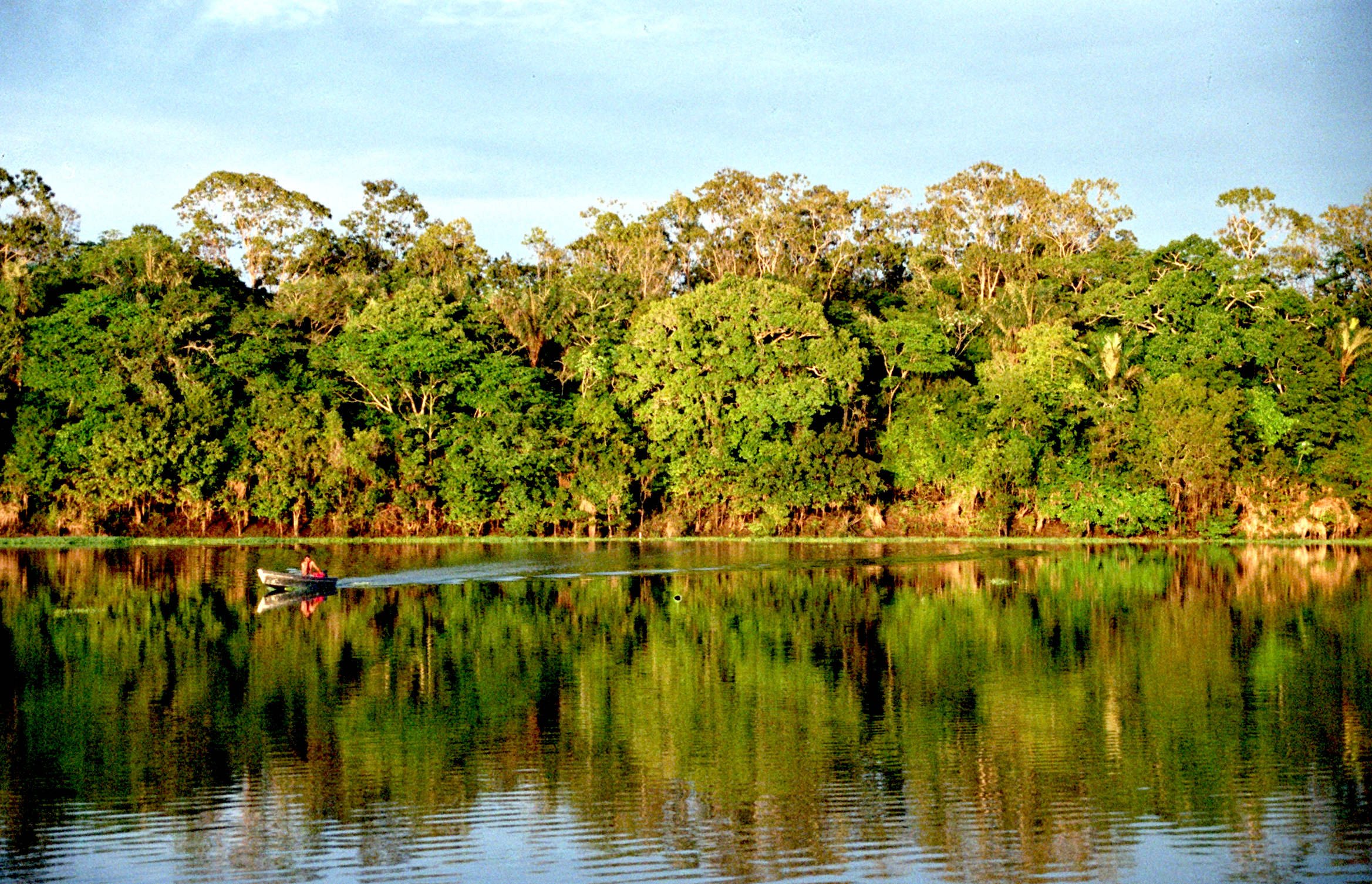
 In a chapter titled “The Ethics of Doom Tourism”, Thomas explains that tourists might be drawn to vanishing destinations simply because of the label. In other words, people want to see glaciers, or the Great Barrier Reef, or the Amazon solely because of the endangered label. There is a school of thought which believes that this type of tourism will lend itself to tourist ambassadors, or people who return to speak of their experiences with the intent of changing humanity’s destructive patterns. Unfortunately, Thomas notes, it does not seem to be working (183). Instead, after a grand experience, people return to a regular life of consumption (for many reasons). This pattern, then, actually buys into and reinforces the doom narrative, rather than focusing on proactive measures toward change. Furthermore, many travelers have not been educated on the complex issues that affect such places, and likely do not understand the philosophy behind their actions. This is certainly true of myself.
In a chapter titled “The Ethics of Doom Tourism”, Thomas explains that tourists might be drawn to vanishing destinations simply because of the label. In other words, people want to see glaciers, or the Great Barrier Reef, or the Amazon solely because of the endangered label. There is a school of thought which believes that this type of tourism will lend itself to tourist ambassadors, or people who return to speak of their experiences with the intent of changing humanity’s destructive patterns. Unfortunately, Thomas notes, it does not seem to be working (183). Instead, after a grand experience, people return to a regular life of consumption (for many reasons). This pattern, then, actually buys into and reinforces the doom narrative, rather than focusing on proactive measures toward change. Furthermore, many travelers have not been educated on the complex issues that affect such places, and likely do not understand the philosophy behind their actions. This is certainly true of myself. 
 Policing the Planet: Why the Policing Crisis Led to Black Lives Matter
Policing the Planet: Why the Policing Crisis Led to Black Lives Matter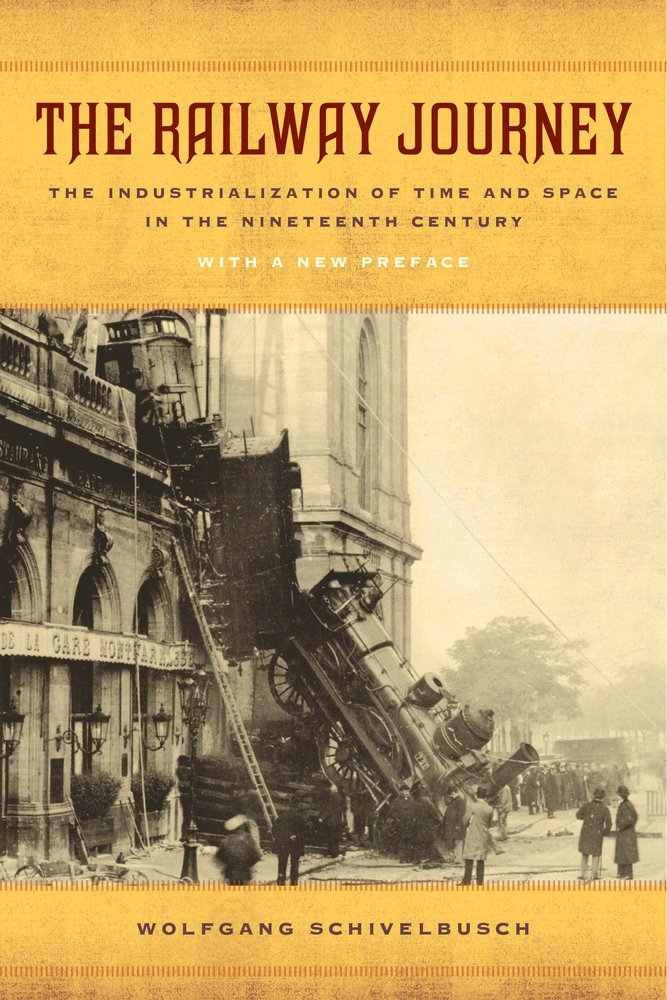 The Railway Journey
The Railway Journey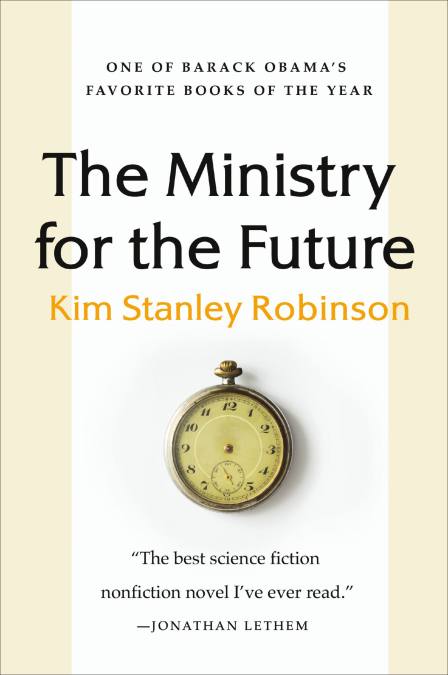
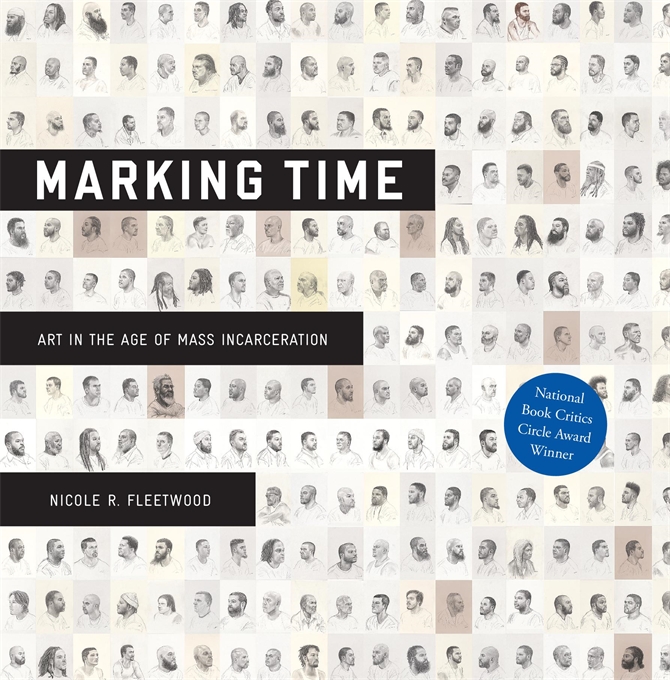 Marking Time: Art in the Age of Mass Incarceration
Marking Time: Art in the Age of Mass Incarceration
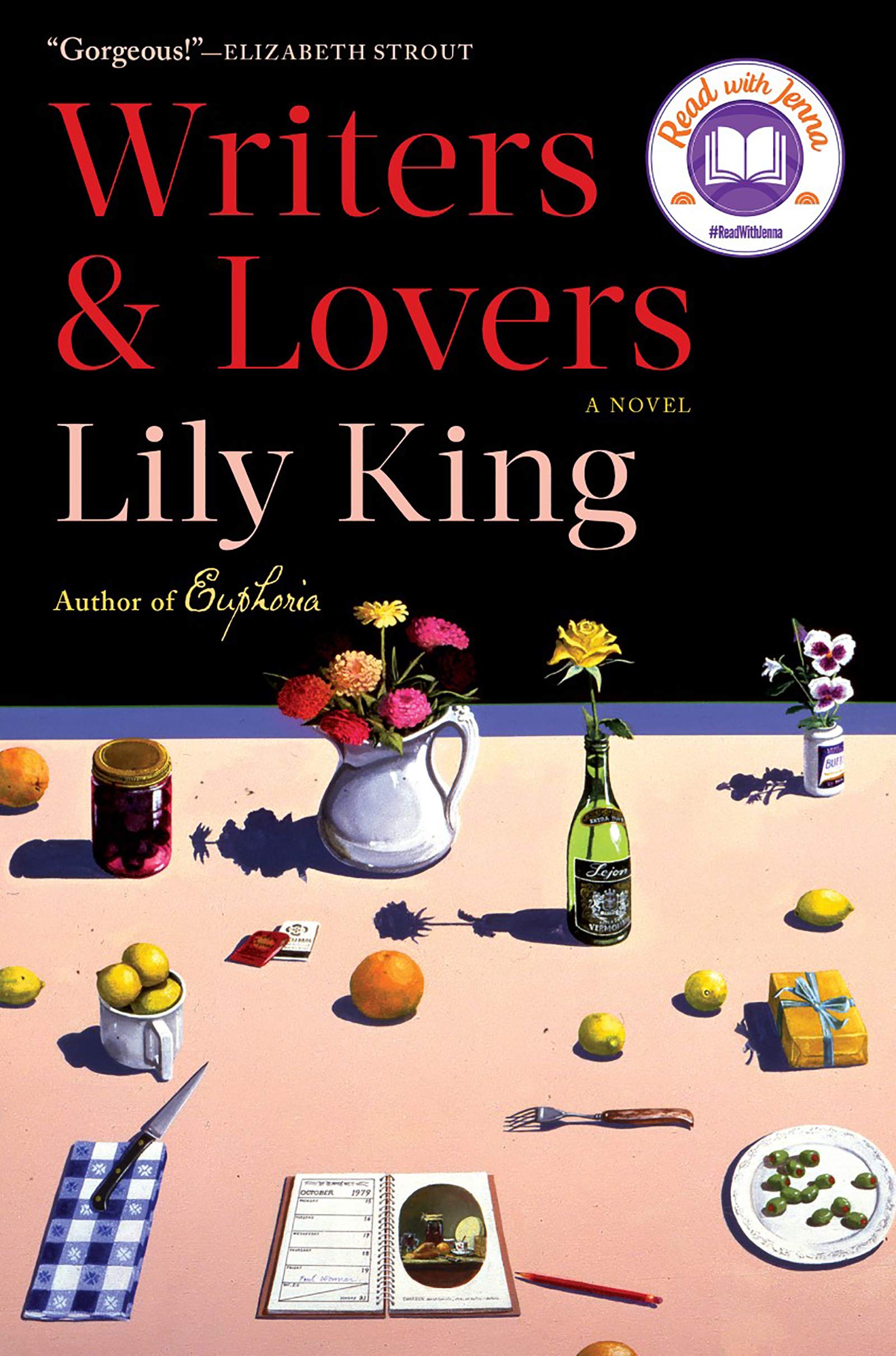
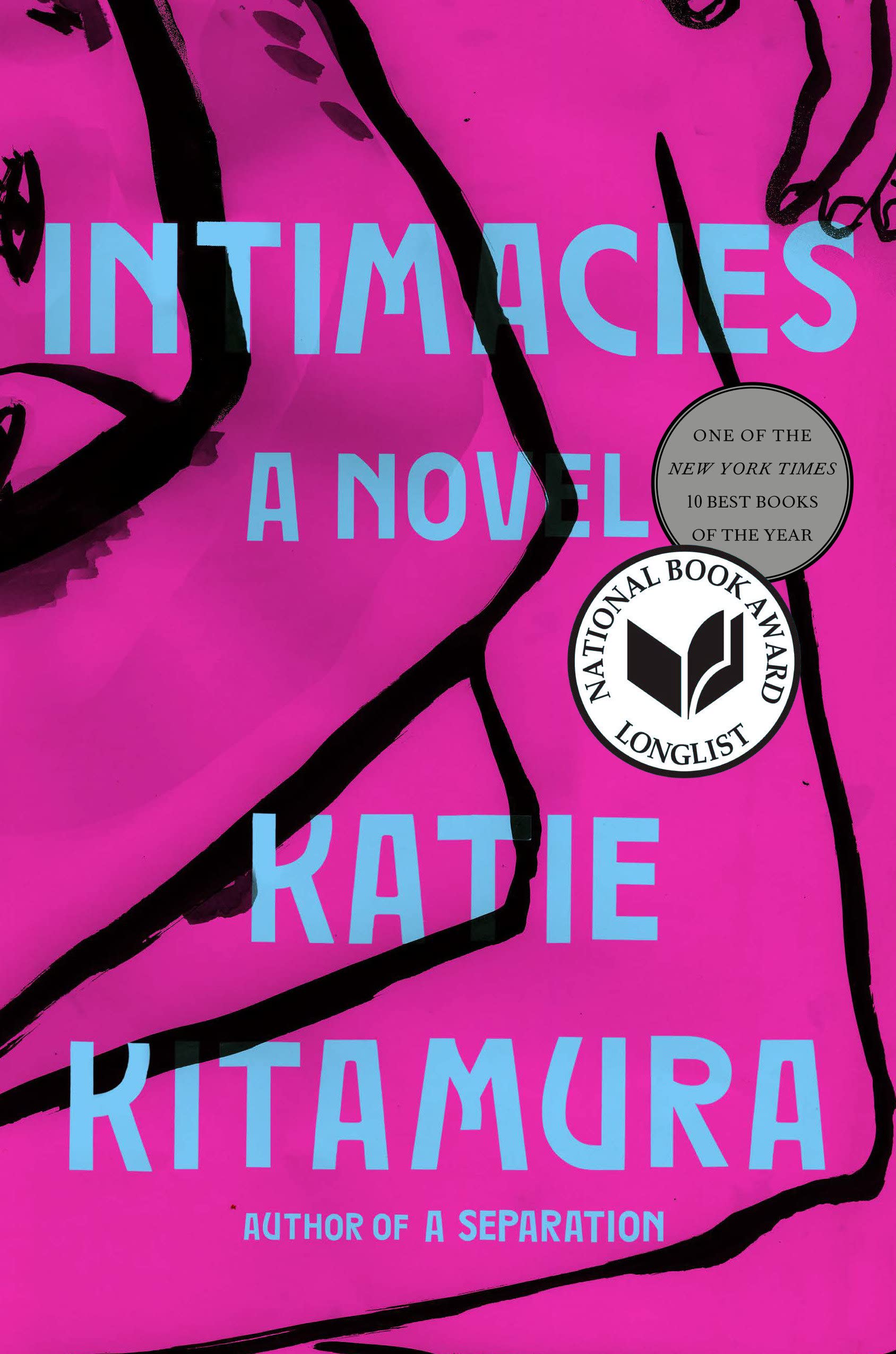
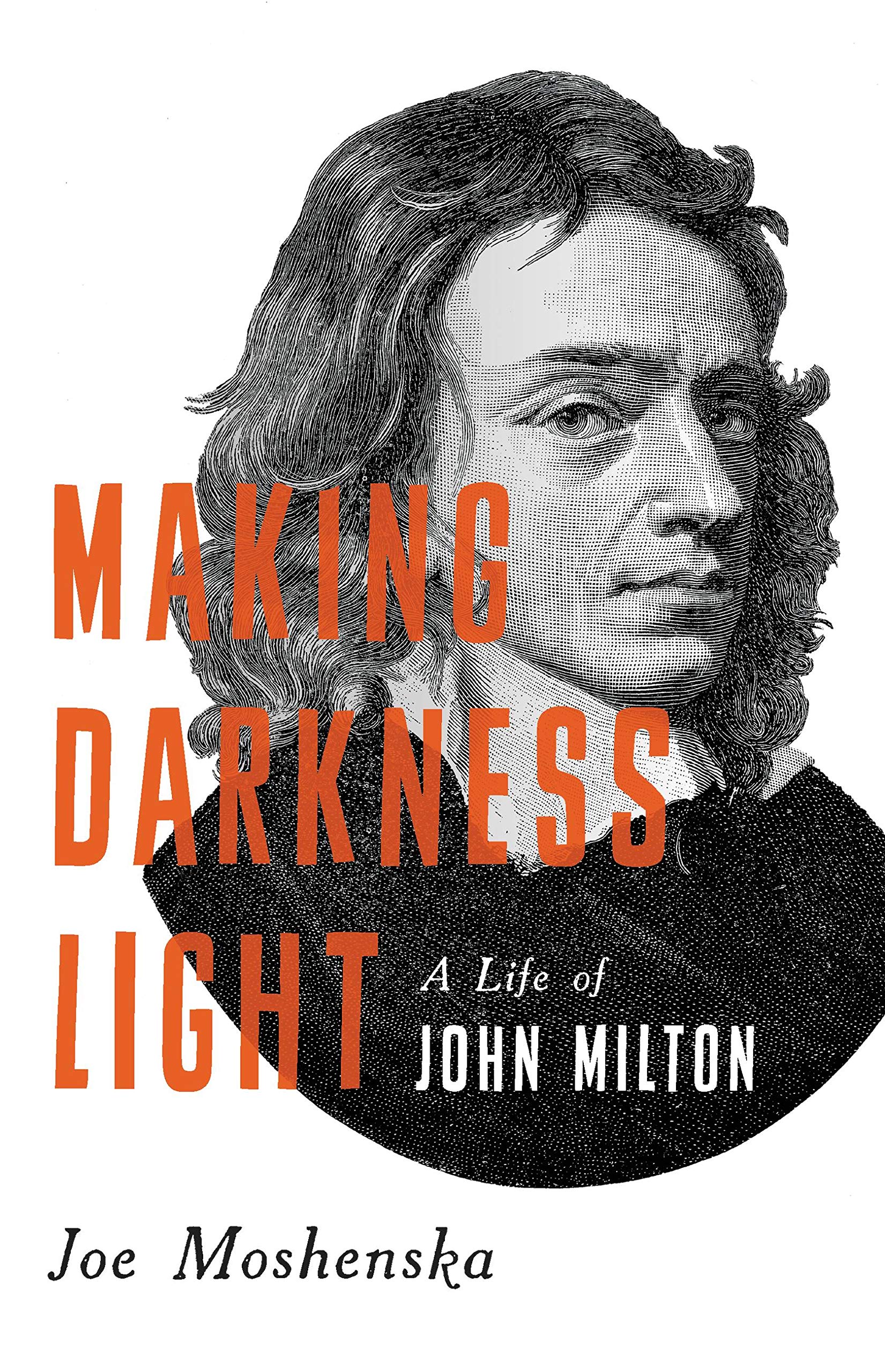
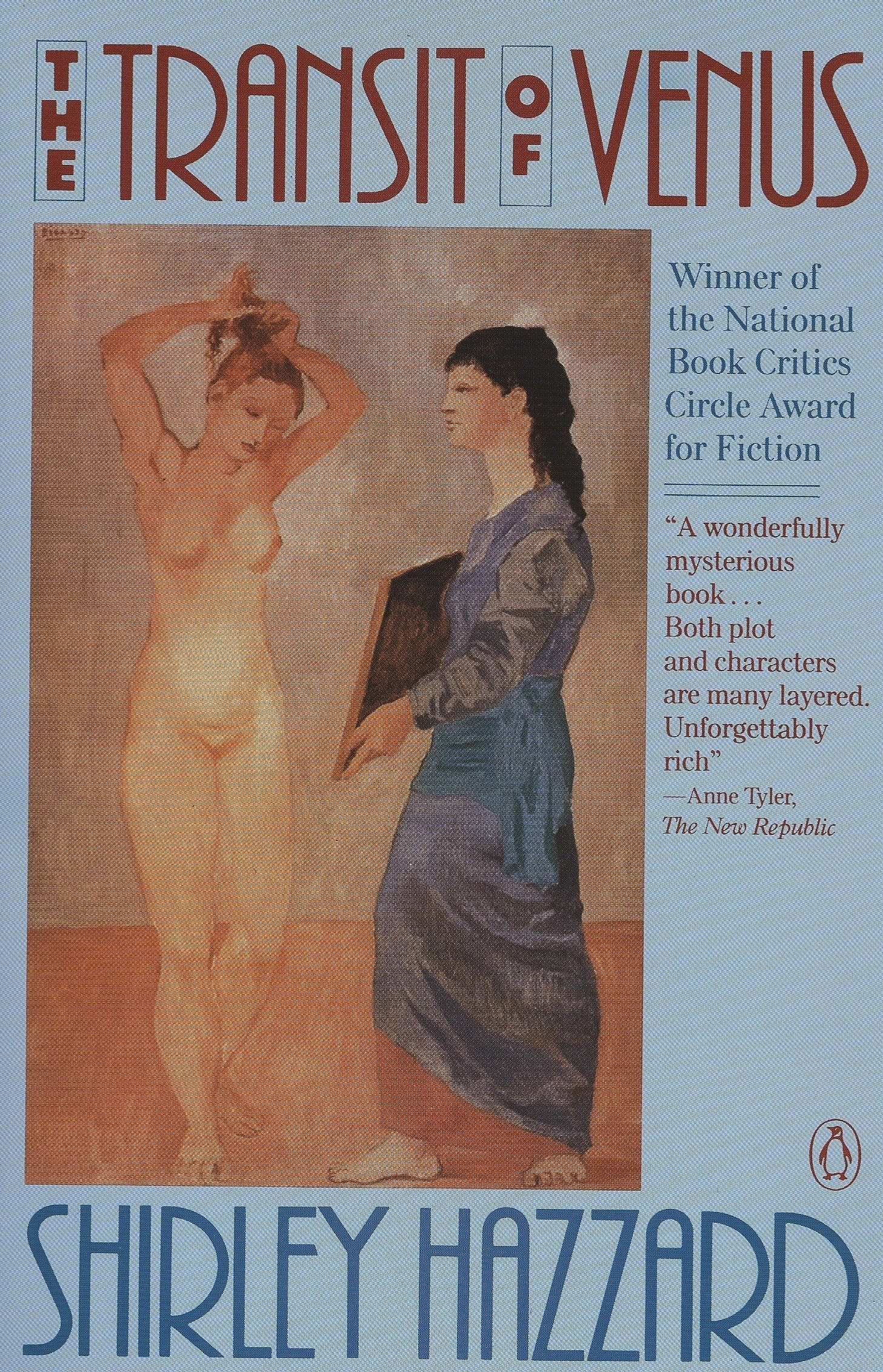
 The Conjuror’s Bird
The Conjuror’s Bird




